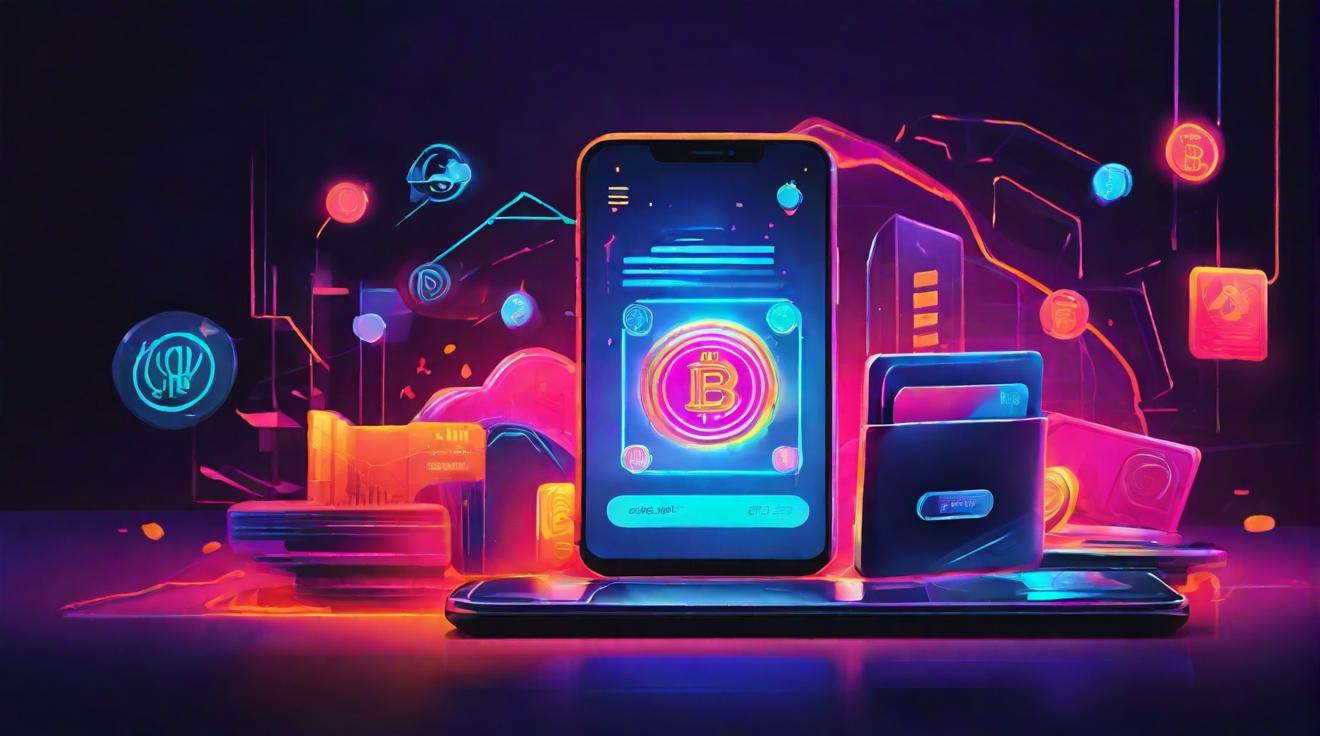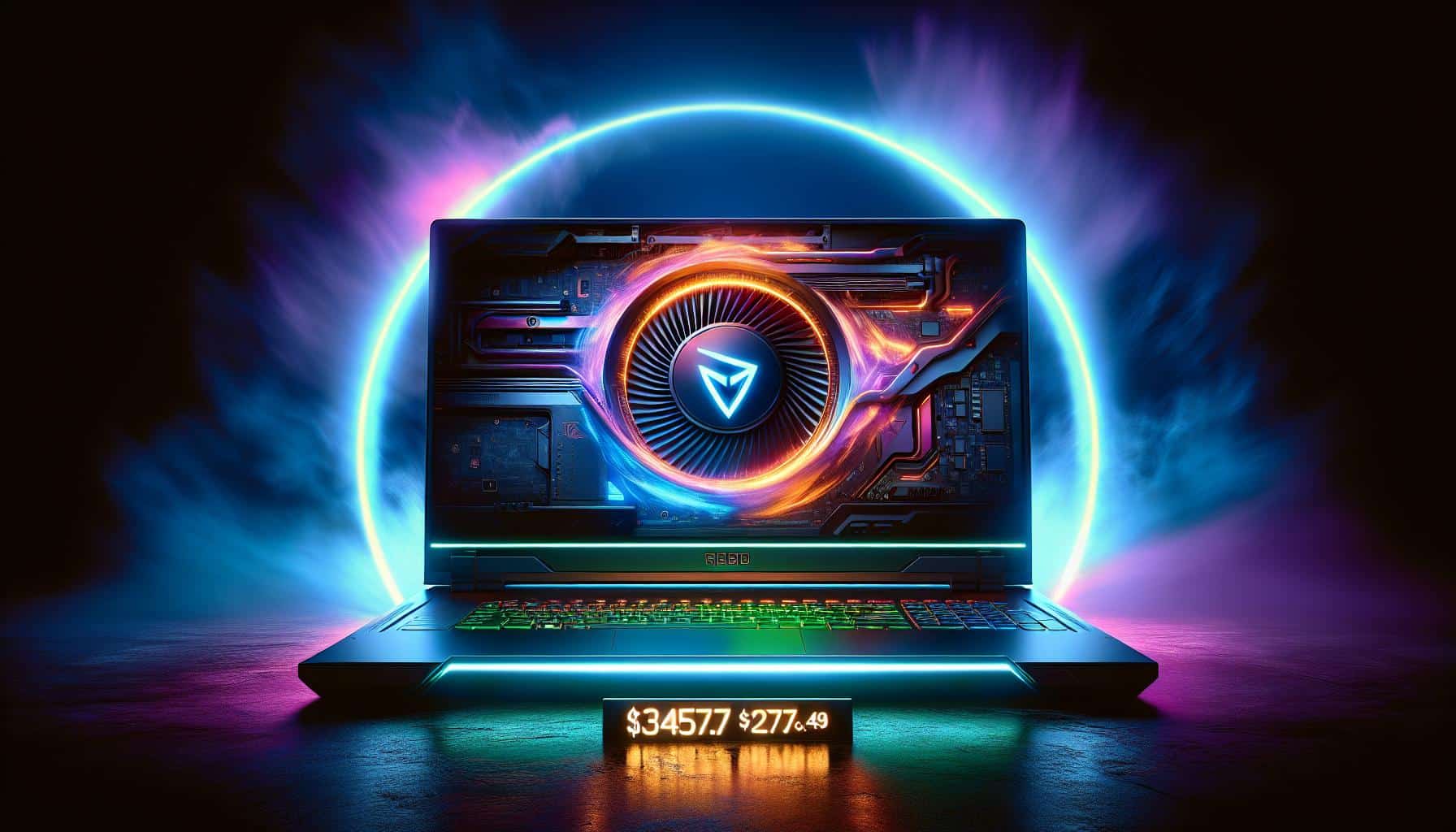Role of NFTs in Asset Tokenization
The process of transforming real goods into digital assets using blockchain technology is known as NFT tokenization or asset tokenization. The process involves selecting an item for tokenization, validating its value, digitizing the object, and creating a unique, non-fungible token to represent asset ownership. NFTs may then be sold or exchanged on blockchain networks, giving asset owners additional ways to extract value from their physical assets.
What Is the Process of Asset Tokenization?
Asset tokenization entails the implementation of smart contracts, which are programmed contracts on the blockchain network that automate the control and implementation of digital tokens supported by underlying assets. Because the contractual terms and historical data are available, these contracts provide transparency, accuracy, and efficiency. The procedure entails writing informatic code in Solidity, an Ethereum blockchain programming language.
The Pros of Asset Tokenization
- Scarcity and uniqueness: NFTs are intended to be exclusive and cannot be copied or replaced. Each non-fungible token has specific attributes and metadata that differentiate it from others. This feature enables the depiction and ownership of valuable digital assets, including digital art, collectibles, and virtual real estate.
- Verification of Authenticity and Ownership: NFTs employ blockchain technology to offer an immutable record of ownership and validity. An NFT can trace its ownership history back to its founder because the blockchain is decentralized.
- Standardization and Interoperability: Non-fungible tokens are built on open standards for interoperability and standardization. NFTs may be easily bought, traded, and moved between ecosystems, providing creators and collectors with a unified experience.
- Increased Revenue for Creators: NFTs give creators the ability to tokenize their digital goods and sell directly in the market without the assistance of middlemen.
- Partial Ownership and Liquidity: Because NFTs may be split into smaller fractions, fractional ownership is possible. This feature allows for shared ownership, investment, and access to high-value assets which were not previously accessible to many people.
Potential Risks and Difficulties Impacting NFT Tokenization
- Lack of Regulation: The NFT use case industry is still relatively new, and many jurisdictions lack thorough regulation. Uncertainty surrounds legal frameworks, intellectual property rights, taxes, and consumer protection.
- Market Volatility: The value of NFTs may be very volatile, with considerable price variations. Market speculation, excitement, and trend changes can result in sharp price spikes or decreases. Investors should be aware of potential financial risks and think about the long-term value and usability of the NFTs they buy.
- Risks surrounding counterfeit and authenticity: NFTs use blockchain technology to provide proof of ownership and validity; however, counterfeit or fraudulent NFTs exist. Due diligence is essential for preventing unauthorized purchases.
- Copyright and intellectual property issues: NFTs may entail the tokenization of digital artworks, music, or other works. Concerns about copyright and intellectual property may develop, particularly when many parties claim ownership or when NFTs are built on existing copyrighted resources. Copyright rules should be understood and respected by creators and investors, and relevant permits or licenses should be obtained when necessary.
- Limited Liquidity and Secondary Market Risks: NFTs offer fractional ownership and secondary sales, but limited liquidity and standardized pricing mechanisms can pose challenges for investors and present potential price manipulation risks.
The Procedure of NFT Tokenization
- Asset Creation or Asset Selection
- Verifying the Asset’s Authenticity and Value
- Asset Digitization
- Wallet Configuration
- Platform Selection
- Tokenization and Metadata
- The NFT is getting minted
- Token Sale or Distribution
- Secondary Sales and Ownership Transfer
- Engagement and Community Building
It is crucial to note that the specific techniques and platforms used for NFT tokenization may differ based on the blockchain and marketplace involved.
Conclusion
Tokenized assets have the potential to transform sectors including real estate, art, and banking by democratizing investor accessibility, allowing new business models, and simplifying operations. However, regulatory frameworks, expansion, and market acceptance must all be addressed. Once these issues are handled, tokenized assets can enable more participation, higher efficiency, and new value generation, therefore forging a more accessible and digitally driven economy.
Analyst comment
Positive news: The Role of NFTs in Asset Tokenization has the potential to transform various sectors, democratize investment, and simplify operations. NFTs provide scarcity, authenticity verification, standardization, increased revenue for creators, and partial ownership. However, there are risks such as lack of regulation, market volatility, authenticity issues, copyright concerns, and limited liquidity. Once these challenges are addressed, tokenized assets can enable a more accessible and digitally driven economy. Market outlook: Positive, but cautious approach due to regulatory and market acceptance concerns.













